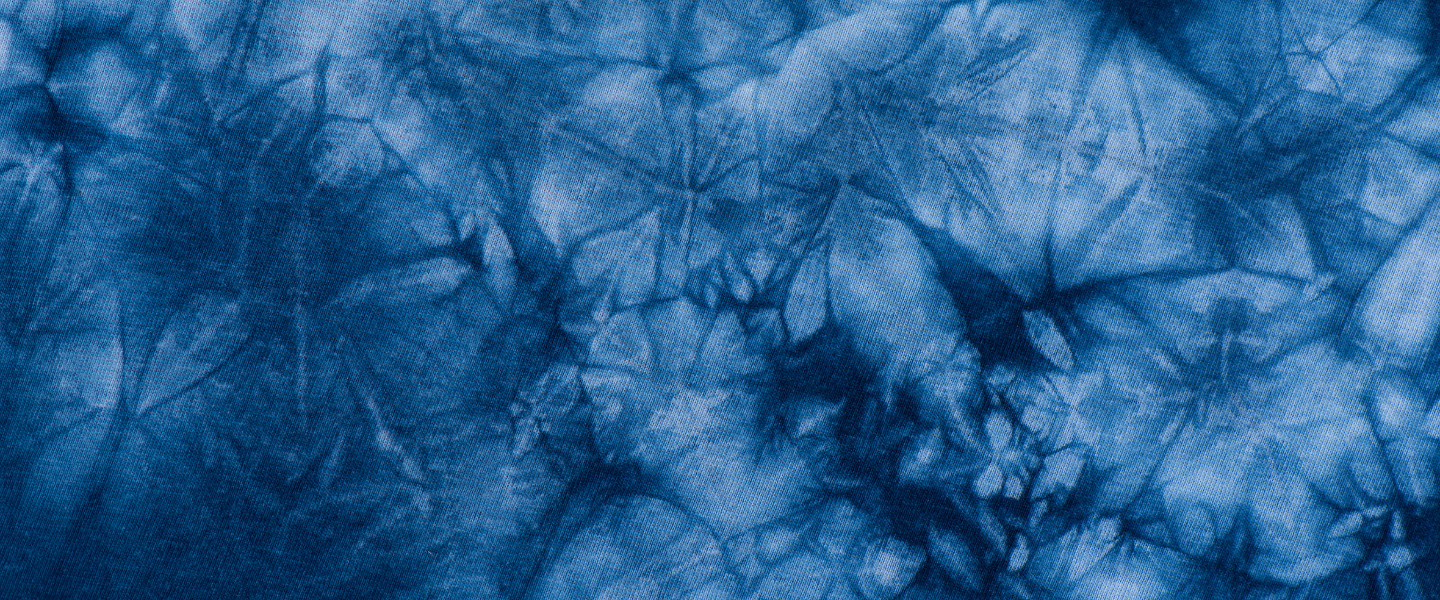
The history of indigo dyeing is as deep and rich as the hues it produces. Traces of indigo-dyed cloth have been found in ancient Egyptian mummies, suggesting that this treasured color has captivated civilizations for millennia. In Japan, indigo dyeing dates back as far as the 5th century, with evidence of its use preserved in the treasure vaults of Horyuji and Syosoin temples.
During Japan’s War Age, samurai warriors donned indigo-dyed garments woven from meticulously colored threads. The color indigo, known as "Kachi" in its liquid form, shares its name with the Japanese word for "win," leading warriors to believe in its protective and victorious power. Over time, indigo became more than just a color—it became a symbol of durability, protection, and cultural identity.

In the Edo period, the combination of cotton and indigo proved to be an ideal match, making indigo dye a staple of everyday Japanese life. People believed that repeated dyeing strengthened the fabric, and even insects were said to avoid indigo-dyed textiles. Farmers, merchants, and artisans dyed their clothing, hand towels, floor cushions, and noren (shop curtains) in shades of deep blue. This tradition extended to the world of art, with iconic Ukiyo-e artists such as Hokusai and Hiroshige using indigo pigments to create their masterpieces. The deep blue shade, later known as "Hiroshige Blue," earned worldwide recognition for its striking beauty.
However, as synthetic dyes emerged in the late Meiji period, the once-essential practice of natural indigo dyeing began to fade. Yet, the artistry of traditional dyeing techniques continues to endure, preserving the heritage of Japanese indigo craftsmanship.
Beyond its historical significance, natural indigo dyeing plays a crucial role in sustainable fashion. Unlike synthetic dyes, which often contain harmful chemicals and contribute to water pollution, natural indigo dyeing relies on plant-based fermentation and organic processes. This method not only reduces environmental impact but also produces textiles that are biodegradable and free of toxins.
Traditional artisans uphold ethical craftsmanship by using sustainable materials and time-honored techniques that minimize waste. The fermentation process used in Japanese indigo dyeing, particularly in the Akuhakkodate method, is a delicate balance of nature and human skill. The dye vats must be carefully nurtured to maintain their potency, ensuring that each piece is dyed with care rather than mass-produced.
At Shikohin x Shikohin Selection, we are committed to supporting this ethical approach by collaborating with LITMUS, a local business that specializes in handcrafted indigo-dyed pieces. Their Indigo-Dyed Moon Calendar is a prime example of how tradition and sustainability can coexist. Each piece is dyed using natural fermentation, resulting in a unique work of art that represents the passage of time and the beauty of mindful production.
By choosing naturally dyed indigo products, you are not only embracing a timeless aesthetic but also contributing to the preservation of an eco-friendly, ethical craft that has stood the test of time.
References:

Culture

Wellness

Culture